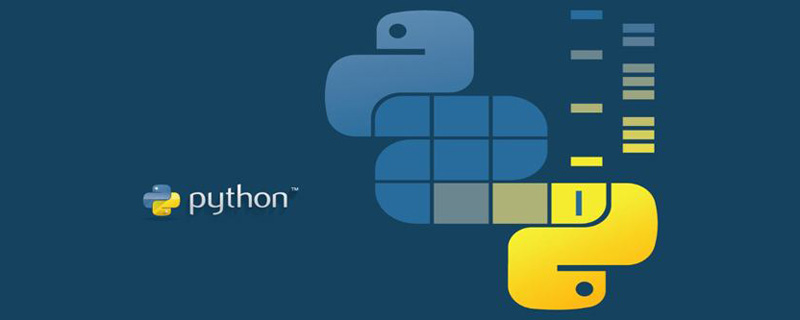
How to use Python to write custom triggers and storage engines in MySQL
In database management, triggers and storage engines are very important concepts. A trigger is a special database object that automatically performs certain actions on tables in the database, while a storage engine is a software component that defines how database data is stored, accessed, and managed. MySQL is a very popular relational database management system that also supports custom triggers and storage engines.
This article will introduce how to use Python to write custom triggers and storage engines in MySQL, while providing specific code examples.
- Writing Custom Triggers
Triggers are actions that are automatically performed when a specific database operation (such as insert, update, or delete) is triggered. In MySQL, custom triggers can be written using Python.
First, we need to install Python’s MySQLdb module. You can use the pip command to install:
pip install MySQLdb
The following is an example that demonstrates how to use Python to write a trigger that fires when data is inserted:
import MySQLdb
def my_trigger(old_value, new_value):
# 在这里编写触发器的具体动作
# 可以访问和处理old_value和new_value参数
pass
# 连接到MySQL数据库
db = MySQLdb.connect("localhost", "username", "password", "database")
# 创建一个触发器
cursor = db.cursor()
cursor.execute("""CREATE TRIGGER my_trigger
AFTER INSERT ON my_table
FOR EACH ROW
BEGIN
CALL my_trigger(OLD.column, NEW.column);
END;""")
# 提交改变
db.commit()
# 关闭连接
db.close()In the above code, we first define a A function named my_trigger, which accepts two parameters old_value and new_value. These parameters represent the data values before and after the insertion operation. Write specific trigger actions in the function body. Next, we connect to the MySQL database, create a trigger, and specify the triggering time after the insert operation. Finally, we commit the changes and close the connection.
- Writing a custom storage engine
A storage engine is a software component that defines how to store, access, and manage database data. MySQL supports plug-in storage engines, allowing users to customize storage engines.
The following is an example that demonstrates how to use Python to write a custom storage engine:
import MySQLdb
# 实现自定义存储引擎的类
class MyStorageEngine:
def __init__(self, name):
self.name = name
def create_table(self, table_name):
# 在这里编写创建新表的逻辑
pass
def delete_table(self, table_name):
# 在这里编写删除表的逻辑
pass
def select_data(self, table_name):
# 在这里编写选择数据的逻辑
pass
# 连接到MySQL数据库
db = MySQLdb.connect("localhost", "username", "password", "database")
# 创建一个自定义存储引擎实例
my_engine = MyStorageEngine("my_engine")
# 注册自定义存储引擎
cursor = db.cursor()
cursor.execute("""CREATE TRIGGER my_trigger
AFTER INSERT ON my_table
FOR EACH ROW
BEGIN
CALL my_trigger(OLD.column, NEW.column);
END;""")
# 提交改变
db.commit()
# 关闭连接
db.close()In the above code, we first define a class named MyStorageEngine, which implements our Customize the relevant logic of the storage engine. In the constructor of the class, we pass the name of the storage engine as a parameter.
Next, we connect to the MySQL database, create a custom storage engine instance, and register it with MySQL. Finally, we commit the changes and close the connection.
Summary
Triggers and storage engines are very important concepts in database management. By writing custom triggers and storage engines in Python, we can add more functionality and extensibility to the MySQL database.
This article introduces how to use Python to write custom triggers and storage engines in MySQL, and provides specific code examples. It is hoped that readers can further understand the related concepts and technologies of database management through the guidance of this article.
The above is the detailed content of How to write custom triggers and storage engines in MySQL using Python. For more information, please follow other related articles on the PHP Chinese website!
 详细讲解Python之Seaborn(数据可视化)Apr 21, 2022 pm 06:08 PM
详细讲解Python之Seaborn(数据可视化)Apr 21, 2022 pm 06:08 PM本篇文章给大家带来了关于Python的相关知识,其中主要介绍了关于Seaborn的相关问题,包括了数据可视化处理的散点图、折线图、条形图等等内容,下面一起来看一下,希望对大家有帮助。
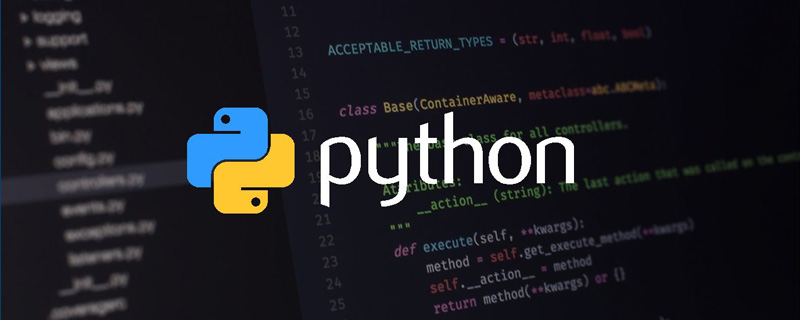 详细了解Python进程池与进程锁May 10, 2022 pm 06:11 PM
详细了解Python进程池与进程锁May 10, 2022 pm 06:11 PM本篇文章给大家带来了关于Python的相关知识,其中主要介绍了关于进程池与进程锁的相关问题,包括进程池的创建模块,进程池函数等等内容,下面一起来看一下,希望对大家有帮助。
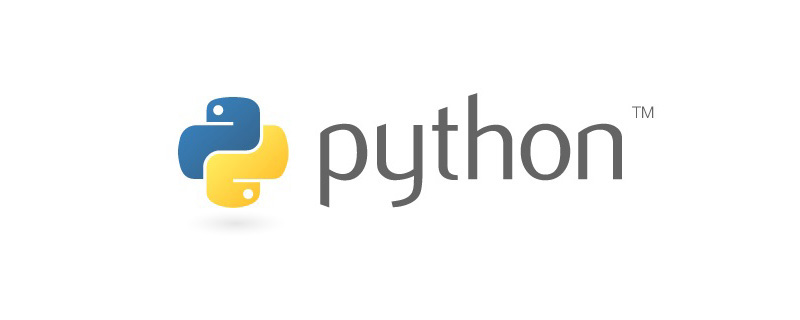 Python自动化实践之筛选简历Jun 07, 2022 pm 06:59 PM
Python自动化实践之筛选简历Jun 07, 2022 pm 06:59 PM本篇文章给大家带来了关于Python的相关知识,其中主要介绍了关于简历筛选的相关问题,包括了定义 ReadDoc 类用以读取 word 文件以及定义 search_word 函数用以筛选的相关内容,下面一起来看一下,希望对大家有帮助。
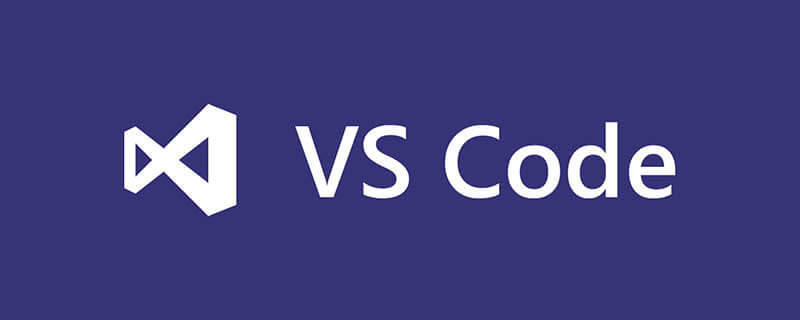 分享10款高效的VSCode插件,总有一款能够惊艳到你!!Mar 09, 2021 am 10:15 AM
分享10款高效的VSCode插件,总有一款能够惊艳到你!!Mar 09, 2021 am 10:15 AMVS Code的确是一款非常热门、有强大用户基础的一款开发工具。本文给大家介绍一下10款高效、好用的插件,能够让原本单薄的VS Code如虎添翼,开发效率顿时提升到一个新的阶段。
 Python数据类型详解之字符串、数字Apr 27, 2022 pm 07:27 PM
Python数据类型详解之字符串、数字Apr 27, 2022 pm 07:27 PM本篇文章给大家带来了关于Python的相关知识,其中主要介绍了关于数据类型之字符串、数字的相关问题,下面一起来看一下,希望对大家有帮助。
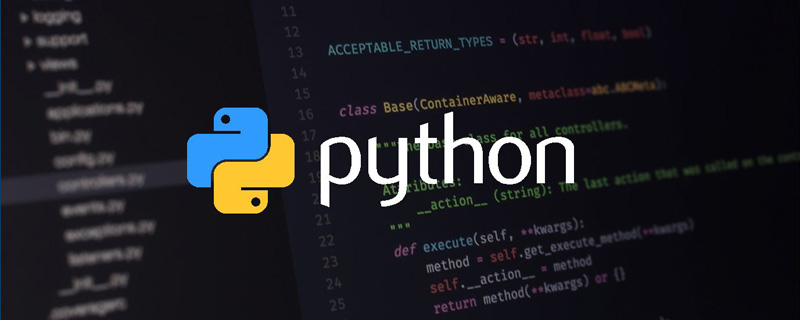 详细介绍python的numpy模块May 19, 2022 am 11:43 AM
详细介绍python的numpy模块May 19, 2022 am 11:43 AM本篇文章给大家带来了关于Python的相关知识,其中主要介绍了关于numpy模块的相关问题,Numpy是Numerical Python extensions的缩写,字面意思是Python数值计算扩展,下面一起来看一下,希望对大家有帮助。
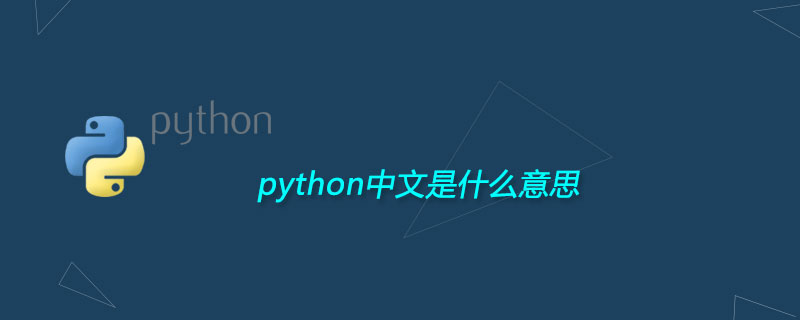 python中文是什么意思Jun 24, 2019 pm 02:22 PM
python中文是什么意思Jun 24, 2019 pm 02:22 PMpythn的中文意思是巨蟒、蟒蛇。1989年圣诞节期间,Guido van Rossum在家闲的没事干,为了跟朋友庆祝圣诞节,决定发明一种全新的脚本语言。他很喜欢一个肥皂剧叫Monty Python,所以便把这门语言叫做python。


Hot AI Tools

Undresser.AI Undress
AI-powered app for creating realistic nude photos

AI Clothes Remover
Online AI tool for removing clothes from photos.

Undress AI Tool
Undress images for free

Clothoff.io
AI clothes remover

AI Hentai Generator
Generate AI Hentai for free.

Hot Article

Hot Tools

SAP NetWeaver Server Adapter for Eclipse
Integrate Eclipse with SAP NetWeaver application server.

MinGW - Minimalist GNU for Windows
This project is in the process of being migrated to osdn.net/projects/mingw, you can continue to follow us there. MinGW: A native Windows port of the GNU Compiler Collection (GCC), freely distributable import libraries and header files for building native Windows applications; includes extensions to the MSVC runtime to support C99 functionality. All MinGW software can run on 64-bit Windows platforms.

VSCode Windows 64-bit Download
A free and powerful IDE editor launched by Microsoft

MantisBT
Mantis is an easy-to-deploy web-based defect tracking tool designed to aid in product defect tracking. It requires PHP, MySQL and a web server. Check out our demo and hosting services.

mPDF
mPDF is a PHP library that can generate PDF files from UTF-8 encoded HTML. The original author, Ian Back, wrote mPDF to output PDF files "on the fly" from his website and handle different languages. It is slower than original scripts like HTML2FPDF and produces larger files when using Unicode fonts, but supports CSS styles etc. and has a lot of enhancements. Supports almost all languages, including RTL (Arabic and Hebrew) and CJK (Chinese, Japanese and Korean). Supports nested block-level elements (such as P, DIV),





